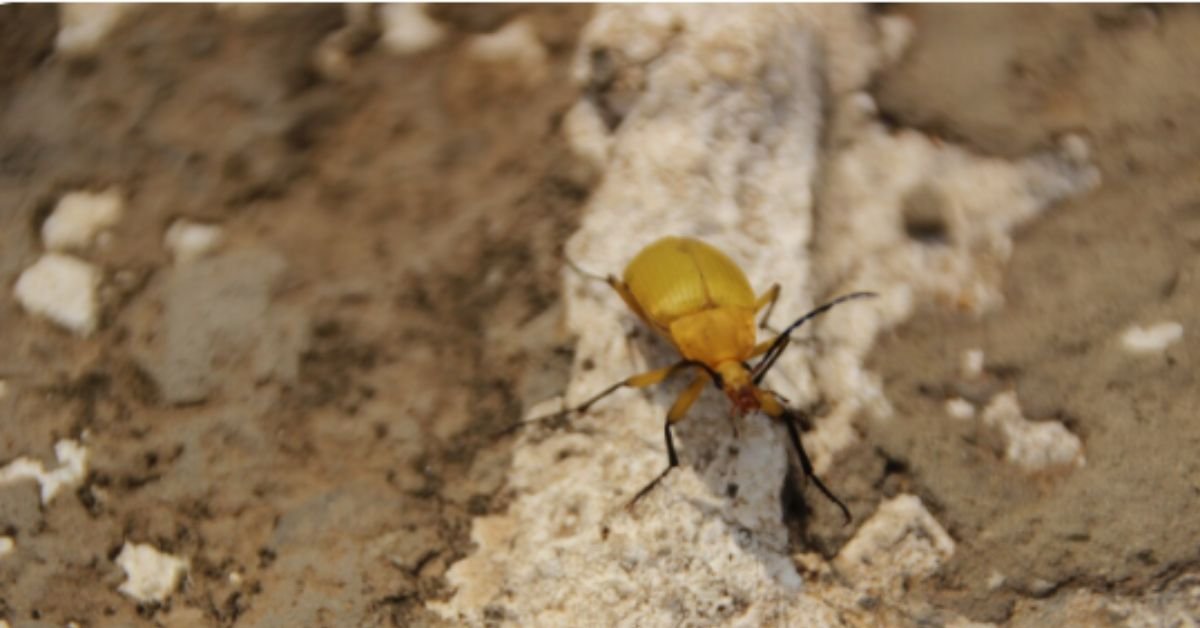Most homeowners think of termites only when they see obvious destruction, like hollow walls, mud tubes, or sagging floors. By that stage, the infestation has usually been active for years, and the damage is costly to repair. Termites rarely announce their presence in clear ways.
Instead, they work quietly, feeding within walls, under flooring, and inside beams. Their subtle activity often creates small signs that are easy to overlook. A squeaky floorboard or a sticking door may not raise alarm, but these minor changes can signal a deeper issue.
This is why early detection is so important. Agile Pest Control emphasizes that understanding the less obvious signs of termite damage can save thousands of dollars in repairs and protect the structural integrity of your home.
Why Termite Damage Is Difficult to Detect
Unlike rodents or cockroaches, termites avoid open spaces. They remain hidden in wood and soil, creating damage that is invisible from the outside. Their survival depends on stealth, which makes detection especially challenging for homeowners.
Even when damage begins to appear, it often looks like normal wear. Bubbled paint or warped wood may be mistaken for water damage. Hollow-sounding trim might be dismissed as aging material. Without proper inspection, these signs remain unnoticed until the problem escalates.
Subtle Indicators of Termite Activity
There are several small but significant clues that termites may be active in your home.
Paint That Bubbles or Peels
Blistered or uneven paint is often linked to moisture issues, but termites can cause the same effect. Their tunneling disrupts surfaces, creating pockets that mimic water damage.
Sticking Windows and Doors
As termites feed on wood, they weaken frames, causing slight warping. This makes windows and doors difficult to open or close smoothly. Repeated sticking in multiple frames should not be ignored.
Hollow Sounds in Wood
Tapping on baseboards, trim, or wall studs can reveal hollow or papery sounds. This often indicates that termites have eaten the wood from the inside out.
Small Piles of Droppings
Drywood termites leave behind frass, small pellets that resemble sawdust. These piles may appear beneath windows, vents, or wooden furniture. If they reappear after cleaning, infestation is likely.
Clicking Sounds in Walls
Large termite colonies may produce faint clicking or rustling noises, especially at night. Soldier termites tap their heads to signal danger, while workers create subtle movement sounds.
Uneven Flooring
Bubbling or sagging flooring may result from termites feeding beneath the surface. Homeowners often attribute this to moisture or poor installation, but infestations are another possibility.
Why Early Detection Matters
The cost of termite control is far less than the price of repairing structural damage. Once infestations spread, repairs may involve flooring, support beams, or even foundations. These expenses can reach tens of thousands of dollars.
Insurance rarely covers termite damage, as it is considered preventable. This leaves the financial responsibility entirely on the homeowner. Acting early is the only way to minimize both damage and cost.
Why DIY Termite Treatments Rarely Work
Many store-bought solutions promise to eliminate termites, but they usually target only surface activity. Colonies often live underground or deep within wood, beyond the reach of sprays or traps.
Without professional tools, it is nearly impossible to find and eliminate every part of the colony. Pests that survive will rebuild quickly, leading to recurring damage. For this reason, pest control experts recommend professional intervention as soon as signs appear.
How Professionals Identify Hidden Damage
An exterminator brings both experience and specialized equipment to inspections. Moisture meters, infrared tools, and small cameras help locate activity inside walls and floors. These tools reveal colonies that homeowners would never detect on their own.
Agile Pest Control uses these methods to identify not only the presence of termites but also the extent of the damage. This allows for precise treatment that eliminates colonies and prevents new infestations.
Prevention Beyond Detection
Even without visible signs, prevention plays a major role in termite control. Reducing moisture near foundations, sealing cracks, and limiting wood-to-soil contact all make homes less inviting. Annual inspections are another effective step, ensuring colonies are caught before serious damage occurs.
Landscaping choices also matter. Firewood, mulch, or wooden structures placed close to the home create easy bridges for termites. Moving these materials farther away reduces the risk of infestation.
The Emotional Impact of Hidden Damage
Termite problems extend beyond financial costs. Homeowners often experience stress, disrupted routines, and worry about long-term safety. The idea that unseen damage may be weakening the home creates anxiety, even after treatment.
Addressing problems quickly helps restore confidence and reduces emotional strain. Professional guidance provides reassurance that both current infestations and future risks are under control.
Final Thoughts
Termite infestations are rarely obvious at first. Subtle signs like bubbled paint, sticking doors, or small piles of droppings can be the only clues that a colony is active. Ignoring these warnings often leads to widespread damage and expensive repairs.
Professional inspection and treatment provide the only reliable way to confirm and address infestations. Agile Pest Control encourages homeowners to stay alert for even the smallest changes and to act quickly when something feels off. With early detection and professional support, hidden termite problems can be resolved before they threaten the safety and value of your home.
Ethan Cole is a passionate blogger at Aldalive.com, sharing fresh ideas and engaging content on lifestyle, technology, and everyday trends. With a love for writing and exploring new topics, Ethan aims to make information simple, useful, and inspiring for readers worldwide.

